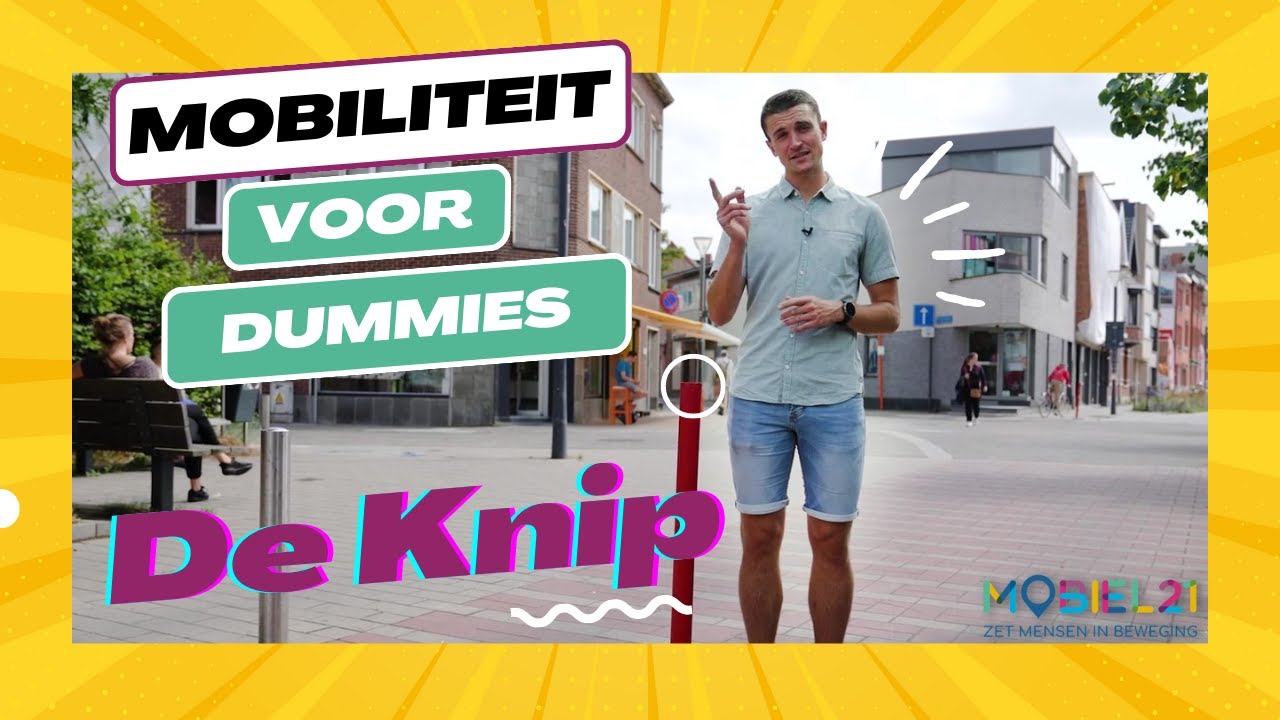Another in a series of “Mobility Explained” posts with a difference.
If you speak Dutch / Flemish you will already have seen a separate thread with some excellent “Mobility for Dummies” video content to explain some key concepts in a friendly, approachable and dynamic format which have been created by our friends at Mobiel 21.
I’m taking the opportunity to translate the transcript of these videos into English for reference in case you are interested, but like me, don’t speak the language.
Here is the next video, with the English transcription below (more to follow):
Cutting a street? What’s next: a zipped street?
and why are cyclists and pedestrians still allowed to pass through here?
Hey! That’s my shortest route to work!
Well, that’s exactly what we need to talk about, isn’t it?
Hello I’m Glen from Mobiel 21 and I’m going to explain what a ‘cut’ or a traffic filter is, to you in 2 minutes and 21 seconds
WHAT IS A ‘CUT’?
The word kind of says it all: with a cut, you literally cut a street in two
This is how you determine how much traffic, and what kind of traffic may or may not pass through.
A cut is sometimes also called a traffic filter. In most cases they serve to close off streets
to motorised through-traffic.WHAT TYPES OF CUTS OR TRAFFIC FILTERS ARE THERE?
The most common type consists of bollards or blocks that close off a street to cars. These are hard cuts.
Cyclists and pedestrians are often still allowed to pass through.
There are also ANPR (Automatic Number Plate Recognition) cameras that scan number plates. If you drive through without permission, you will be fined.
Other options are locks and bollards that allow buses or tractors through. These are called soft cuts
WHY ARE STREETS ‘CUT’?
With Cuts or traffic filters neighbourhoods are made safer, more comfortable and more liveable for active road users and residents.
They are a solution against cut-through traffic and for more streets on a human scale
Be careful that a cut in one street does not cause extra traffic in another street!
CAN YOU SEW IT BACK TOGETHER AGAIN?
Cuts can be temporary, for example during roadworks or as a trial operation to test a new circulation plan.
If a Cut does not work it is better to ‘sew’ the street back together and find another solution
Cyclists or pedestrians are almost always allowed to pass. Traffic filters with vanishing bollards or cameras can be set so that they still let residents, emergency services, buses or taxis through.
My tip: take the bike, you’ll always get through that way! And now I’m off to find those mysterious vanishing posts.
Aah, now I get it, it’s actually to stop traffic.
But bollards are so final.
Don’t get excited, I’ll have to call an ambulance.
